Our smoked prime rib is a tender, juicy, incredibly flavorful cut of beef. This perfectly seasoned slow-cooked roast is perfect for the holidays, dinner party, or special occasions.
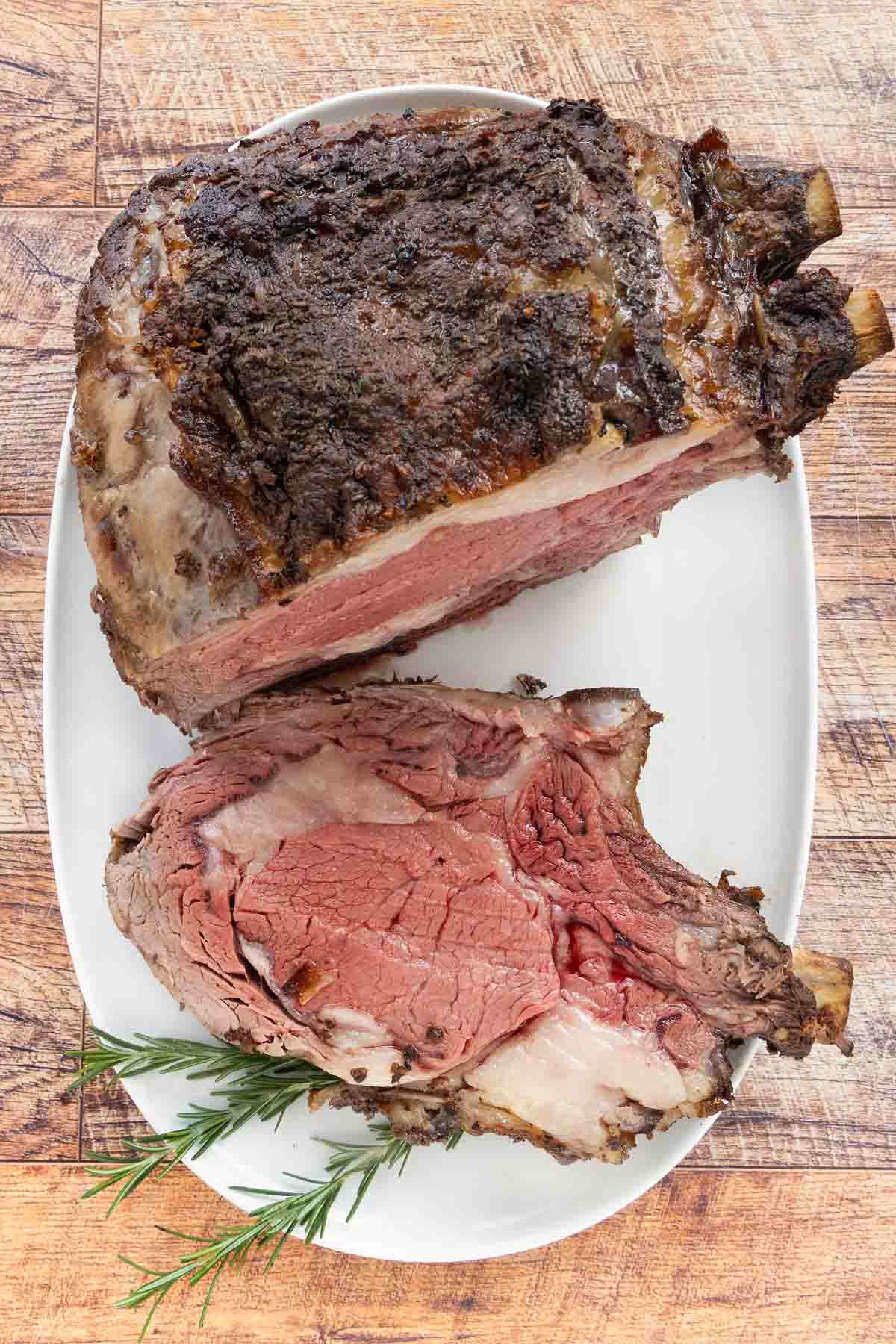
Prime rib is an expensive cut of meat, so you want to make sure it’s cooked properly. But honestly, with our easy recipe for smoked prime rib, the only thing mistake you can make is overcooking it.
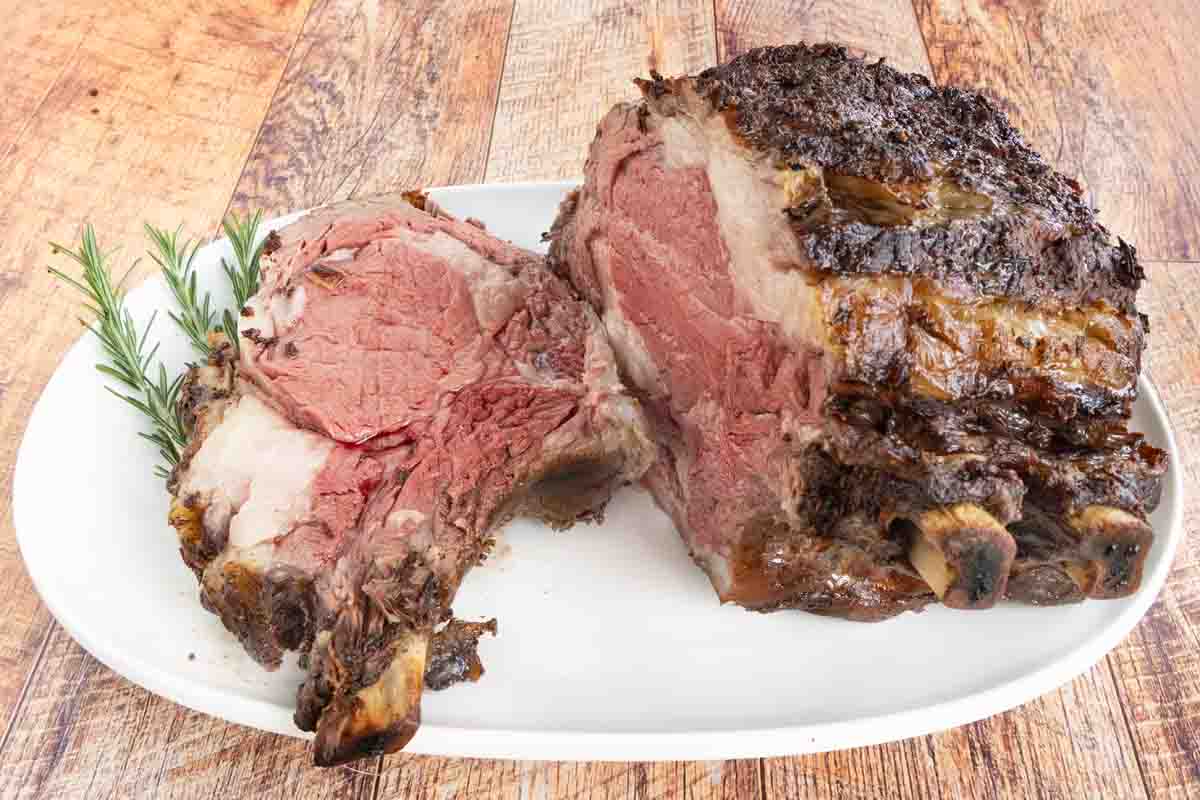
Although our smoked prime rib would make a delicious Christmas dinner, you shouldn’t wait for the holidays to enjoy this tender, juicy, flavorful prime rib.
If you love smoked beef, make sure to try our smoked chuck roast and smoked tri-tip steak recipes. If you prefer cooking prime rib in the oven, try our oven-roasted prime rib recipe.
Ingredients to Make Smoked Prime Rib
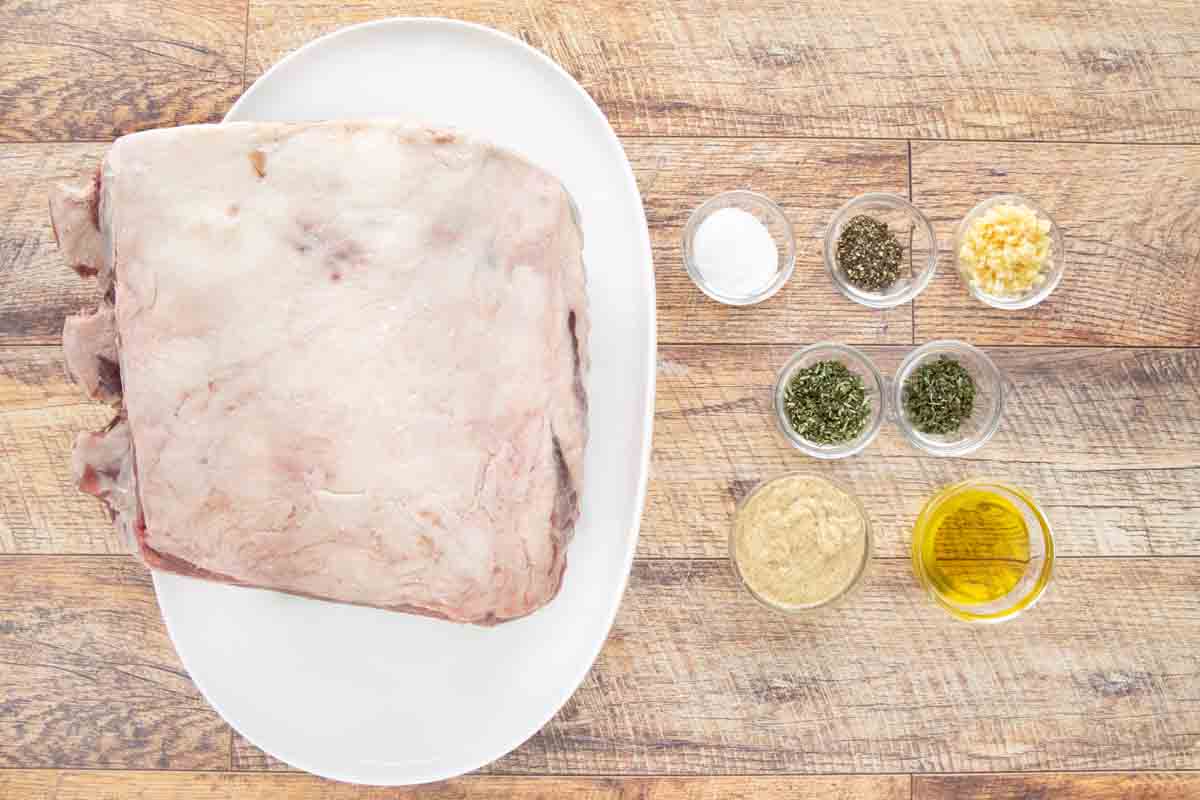
Let’s start by gathering the ingredients we need to make our easy smoked prime rib recipe. In Chef Speak, this is called the Mise en Place, which translates into Everything in its Place.
Not only does setting your ingredients up ahead of time speed the cooking process, but it also helps ensure you have everything you need to make the dish.
Is Prime Rib the same as a Ribeye Roast?
Yes, they are. They are both cut from the primal rib section of a steer. Prime rib (aka standing rib roast) is less processed and roasted as a whole roast. Although boneless Ribeye roasts are usually cut into ribeye steaks, you may find the uncut version in your local grocery store.
I prefer a bone-in roast because the bones add flavor, but you can also use a boneless roast for the recipe. The boneless version of a standing rib roast allows you to cut smaller portions, which can be advantageous depending on how you’re serving it.
If your local grocery store doesn’t stock prime rib, check out Wild Forks, an online meat company. They have a really good choice cut and a more expensive prime cut of roast. We have been using the choice cut with great success.
How much Smoked Prime Rib do I need per person?
The rule of thumb is one pound of uncooked prime rib per person. This takes into account trimming and loss of volume during the cooking process.
It is a large cut of meat, but generally, that’s how prime rib is served. You can definitely cut smaller portions based on personal preferences.
What type of wood should I use in the smoker?
For this recipe, we used apple wood chips to get a sweet smoke flavor. Mesquite wood and pecan wood chips are also good choices for this cut of meat.
*Add wood chips to the smoke tube every 30-45 minutes for the first couple hours of the smoking process. This will ensure this delicious roast has a good smoky flavor.
How to make Smoked Prime Rib
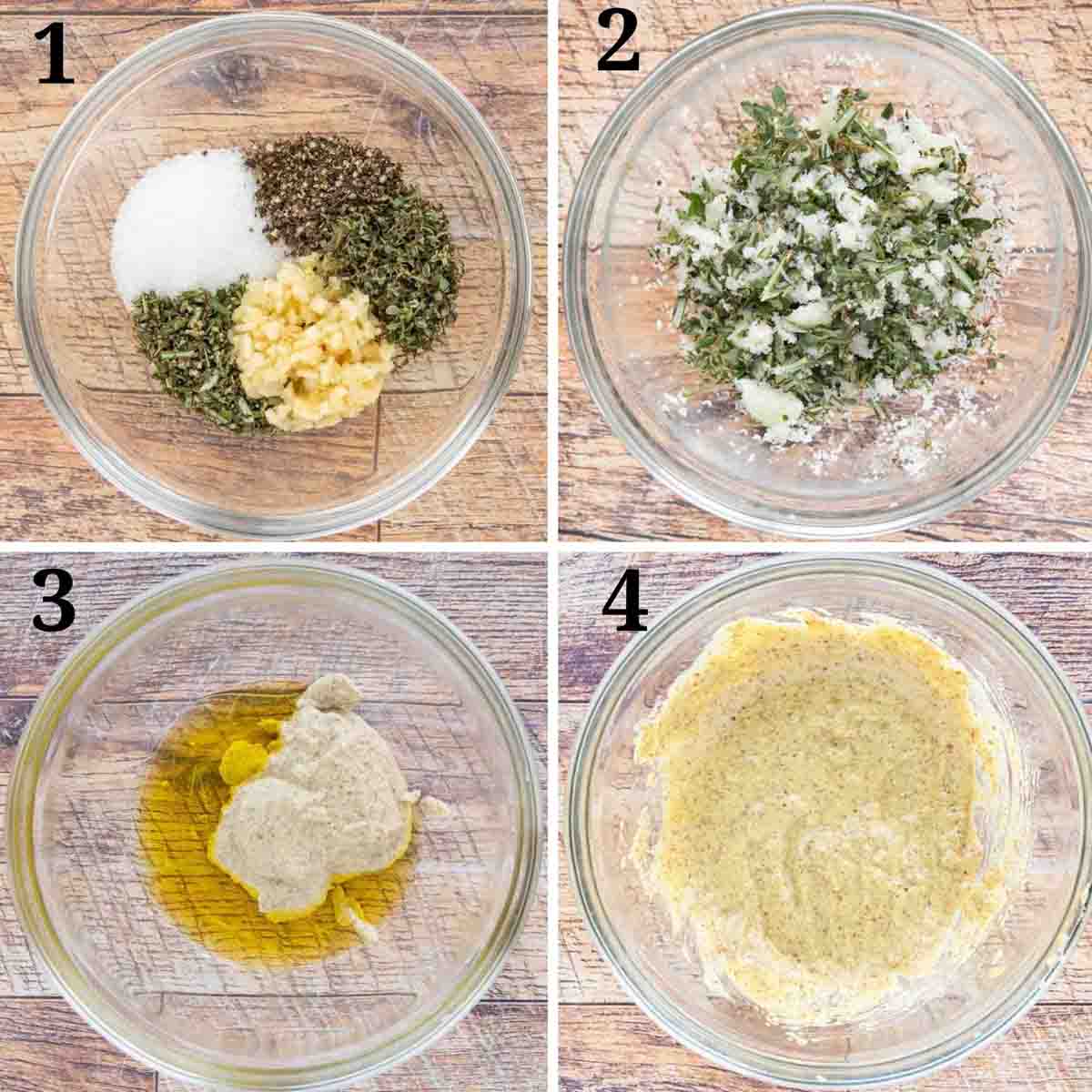
- In a small bowl, add the fresh rosemary, fresh thyme, minced garlic, kosher salt, and black pepper (for a bit of heat, add cayenne pepper to the mixture).
- Mix to combine. Set the dry rub aside until needed.
- Add the olive oil and Dijon mustard to a small mixing bowl.
- Stir to combine.
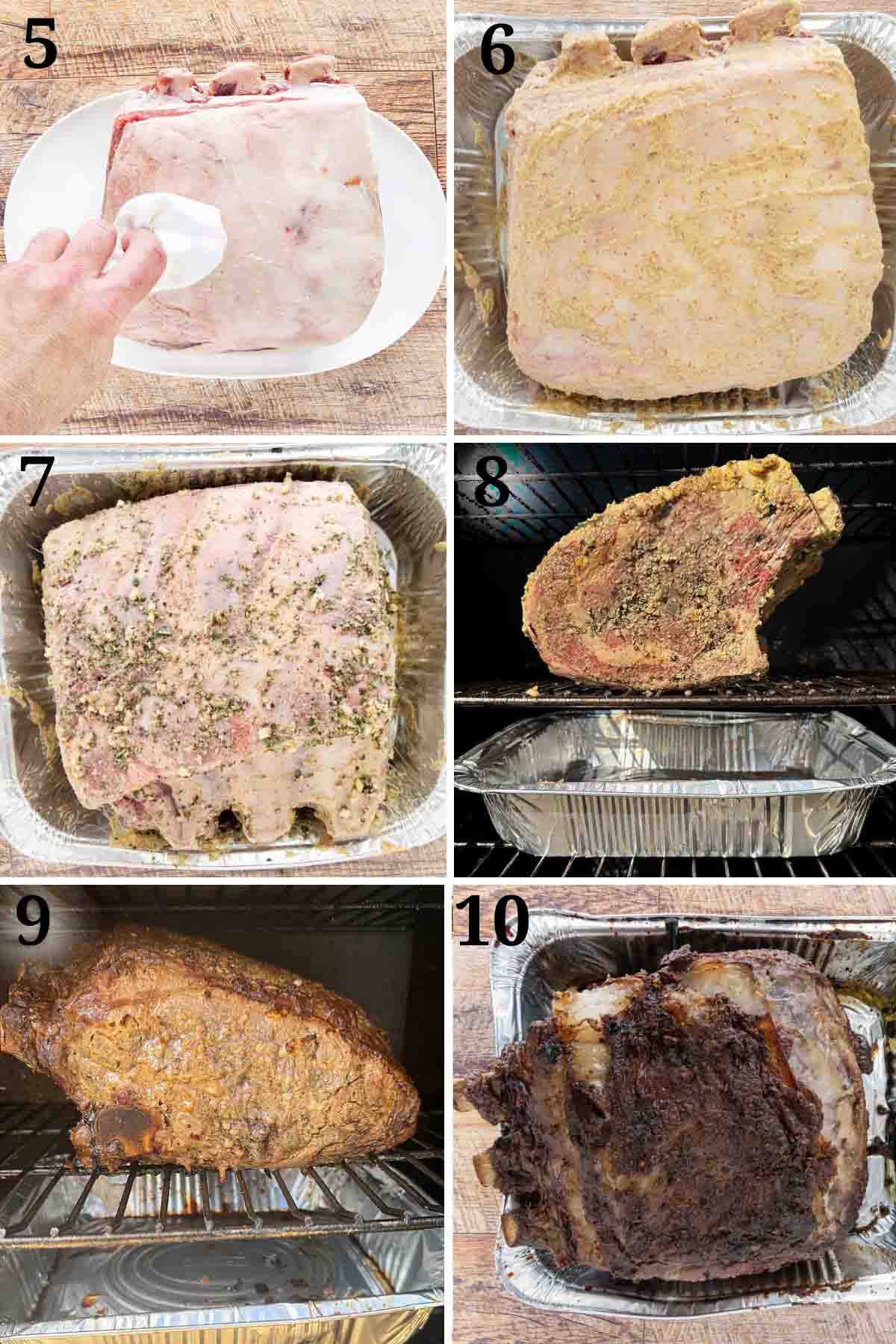
- Using paper towels, dry the roast on all sides.
- Rub the olive oil mixture over the entire roast.
- Season the roast with the dry brine mixture, coating all the sides of the roast. Place it in the refrigerator uncovered overnight (or up to 48 hours). This allows the surface to dry, which helps the roast brown and maintain juiciness. If possible, set it on a wire rack to allow the air to circulate all around the roast.
- Remove the Prime Rib from the refrigerator and let it sit for 45-60 minutes before beginning the cooking process, allowing it to start to come to room temperature.
*Insert a meat thermometer probe in the thickest part of the roast (use the side of the prime rib as this will get you closest to the center cut of the roast). - Place the beef directly on the grill grate, fat cap side up, and place a drip pan on the rack underneath the roast.
- Smoke the roast at 250°F for 4 – 5 hours or until it reaches an internal temperature of 125-130 degrees for medium rare. Prime Rib should not be cooked beyond medium.
*Remember we are cooking to a temperature, not for a specific amount of time. Cooking times can vary depending on the cut of the beef and your cooking method
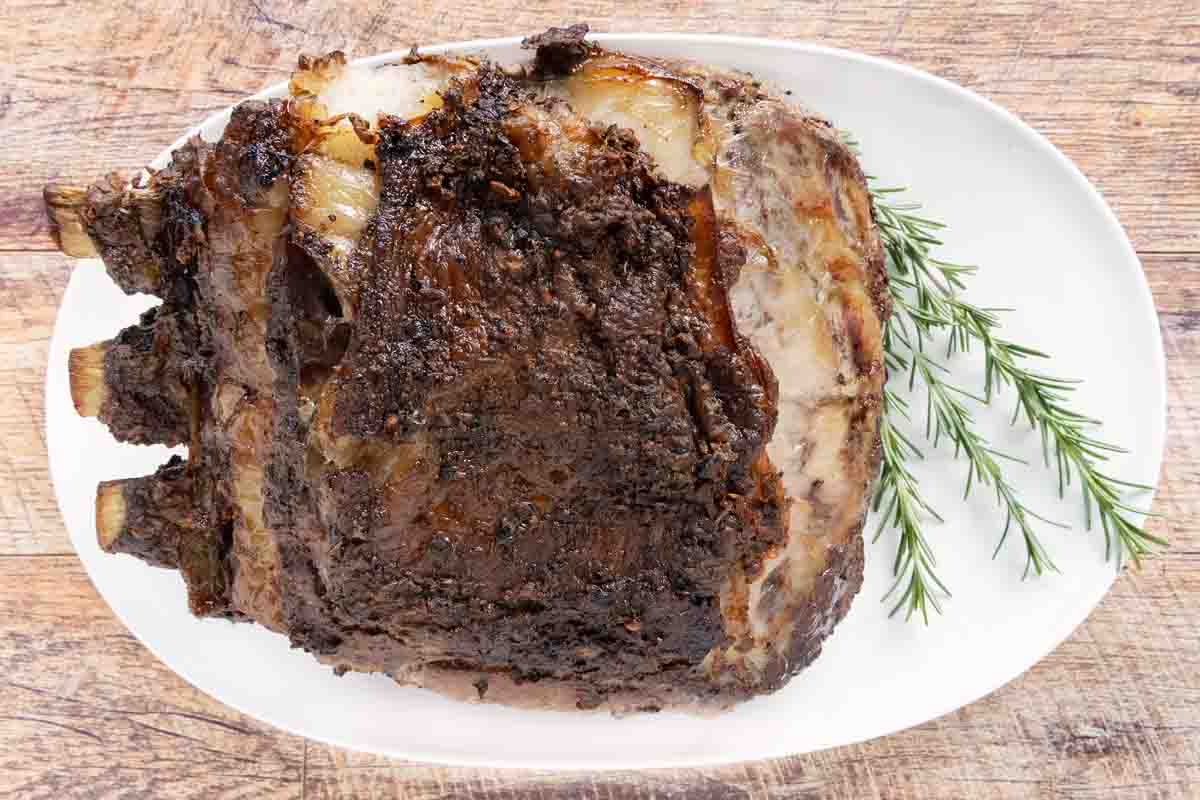
Remove the roast from the smoker and tent it loosely with aluminum foil. Let the meat rest for 20 – 30 minutes before slicing.
*After being removed from the smoker, the meat will continue to cook, with the internal temperature rising another 5-10 degrees.
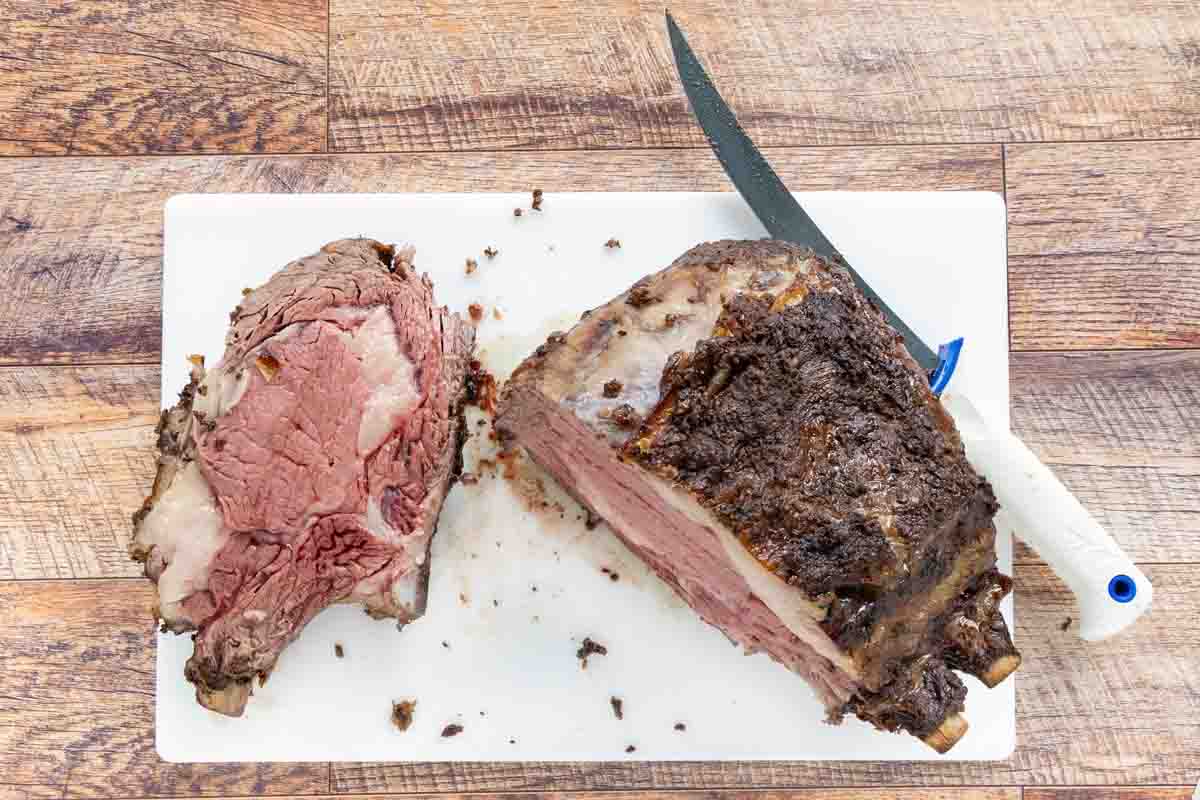
Place the prime rib on a cutting board and, using a sharp knife, slice it down into portion sizes using the rib bones as a rough guide.
Depending on how big you want each portion to be, I suggest taking a boneless cut off of one end and then following the rib bones as a guide to cut the rest of the roast.
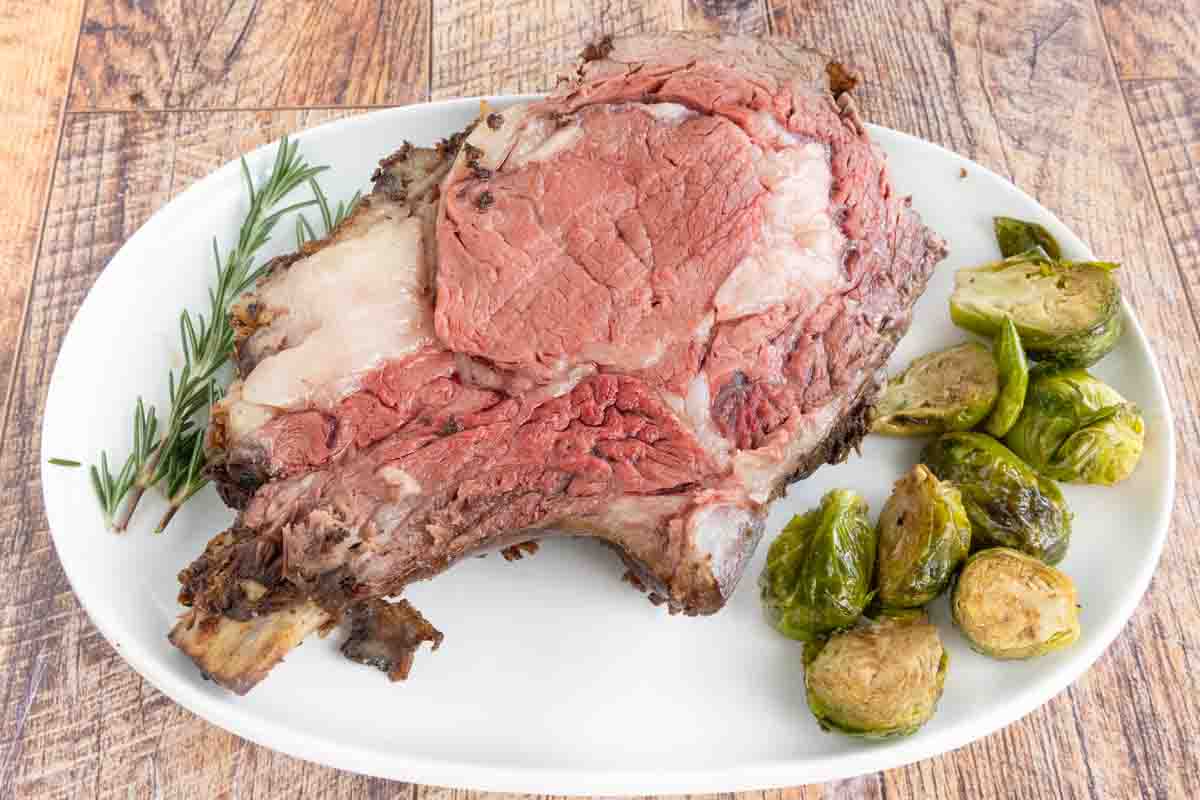
Perfect for the holiday season, serve our smoked prime rib with au jus, horseradish sauce, mashed potatoes (or roasted potatoes), and your favorite green vegetable for a meal you won’t soon forget.
Leftover prime rib should be stored in an airtight container for 3-4 days. They can also be frozen in a freezer-safe container for up to two months.
Recipe FAQ’s
At 250 degrees, it should take 35-40 minutes per pound. However, many variables involved in the process can make the cooking time longer. Be prepared for it to take up to 50 minutes per pound.
This is why it’s essential to use a meat thermometer to monitor the progress and why you cook to temperature, not to time.
Cooking it at a temperature of medium rare to medium is the best way to guarantee a tender prime rib. A rare prime rib can be too chewy because the collagen in the meat hasn’t broken down.
Always smoke or roast meats with the fat cap up. This allows the fat to drip through the meat as it cooks, adding flavor and helping to make the roast tender.
The label “prime” rib roast refers to the fact that this cut comes from the whole primal muscle, not the grade of the meat. You may be able to find a prime-graded cut, but it’s not necessary.
Prime-graded beef will have additional marbling, which means more flavor, tenderness, and moisture from rendering the fat. But it also comes with a hefty price tag.
A choice-graded roast will still produce outstanding results if you follow our recipe.




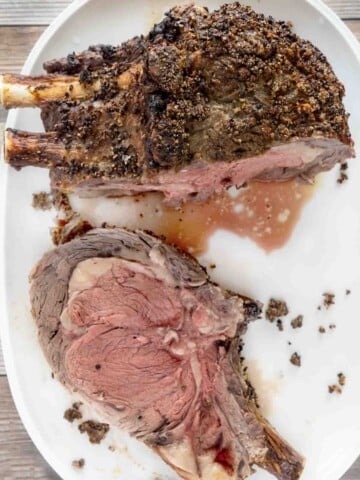
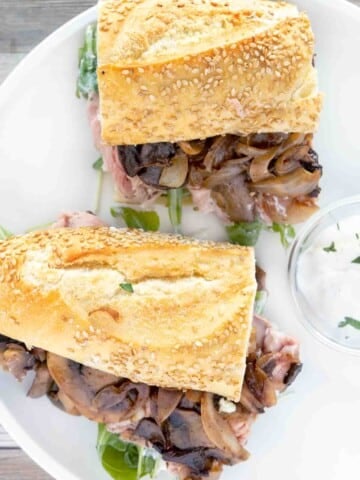
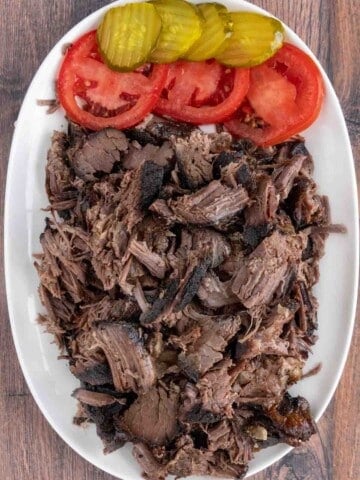
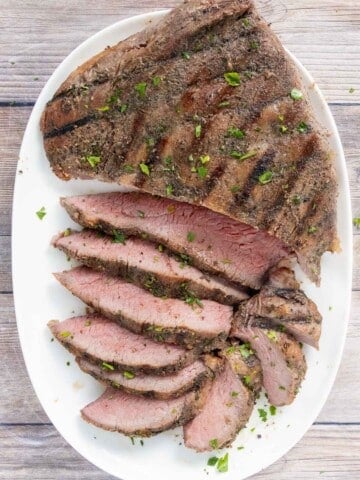

Toni says
Hi Denis
Is there an alternative cooking method if you don’t have a smoker?
Thanks in advance
Chef Dennis Littley says
Absolutely. Here is my oven roasted prime rib -> https://www.askchefdennis.com/prime-rib-roast/
Toni says
Thank you so much!